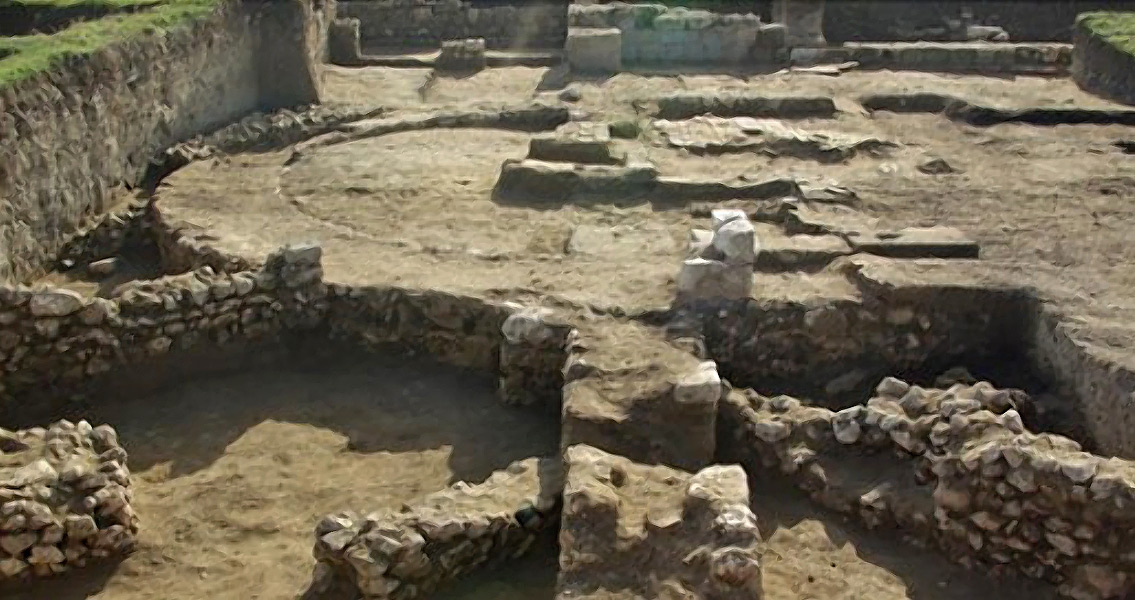<![CDATA[A newly-discovered Christian crypt has been unearthed in Dobrich in the northeastern region of Bulgaria – notable for its large size, according to the Bulgarian News Agency. Dating to the 5th century CE, the crypt was discovered beneath a basilica that was unearthed at the same site in 2014. Researchers reported that the crypt is one of the largest of its types ever discovered in the entire Balkan Peninsula, as it measured 3.8 meters long as well as 2.5 meters high and wide. It was common for basilicas to be constructed over crypts in the case of martyrs being interred below, which leads the researchers to believe that at least one martyr was interred beneath. The crypt itself, which had been sealed with stone slabs, bears evidence of being breached at least once in the past – the archaeology team’s best guess is that this occurred sometime during the 10th century CE. The basilica itself, which held more than 1,000 marble details, was patterned after other early Christian churches constructed along the coast of the Black Sea. Kostadin Kostadinov, the Dobrich Regional Historical Museum’s director, told Bulgarian National Television that so far the crypt has been an impressive find, even in its only partially-excavated state. Material is still being removed from the crypt, and hopes are high that the researchers will be able to find an inscription on any tombs within to reveal the identity of anyone interred within. The basilica and crypt were likely constructed during the late 4th century to early 5th century CE as part of the largest late Roman and later Byzantine fortified settlement in the region, close to the modern town of Abrit. Known as Zaldapa, the town and its fort spread across a 35 hectare area and is largely considered to have been quite densely populated. Zaldapa is thought to have been founded in around the 8th century BCE by Thracians, only to expand significantly after the Romans expanded into Thrace. At one time the seat of short-lived episcopate, Zaldapa also has the distinction of being the epicenter of the largest rebellion that Emperor Justinian I the Great had to deal with during his reign. Zaldapa was indeed a formidable fortress town, with a curtain wall that blocked access from the south adorned with more than 30 towers, three main gates, and an additional pair of secondary gates. The main gate is a strong example of siege defense engineering, focusing on isolating, trapping and disabling attackers. Unfortunately, despite its formidable defenses, Zaldapa was invaded and sacked repeatedly from the 6th century through the 7th century, eventually leading to its destruction and paving the way for the basilica and the crypt to be breached centuries later – likely by treasure hunters. More information about the crypt and its contents will be released by the state-run news agency as it is revealed to archaeologists. ]]>
New Martyr's Crypt Discovered in Bulgaria
